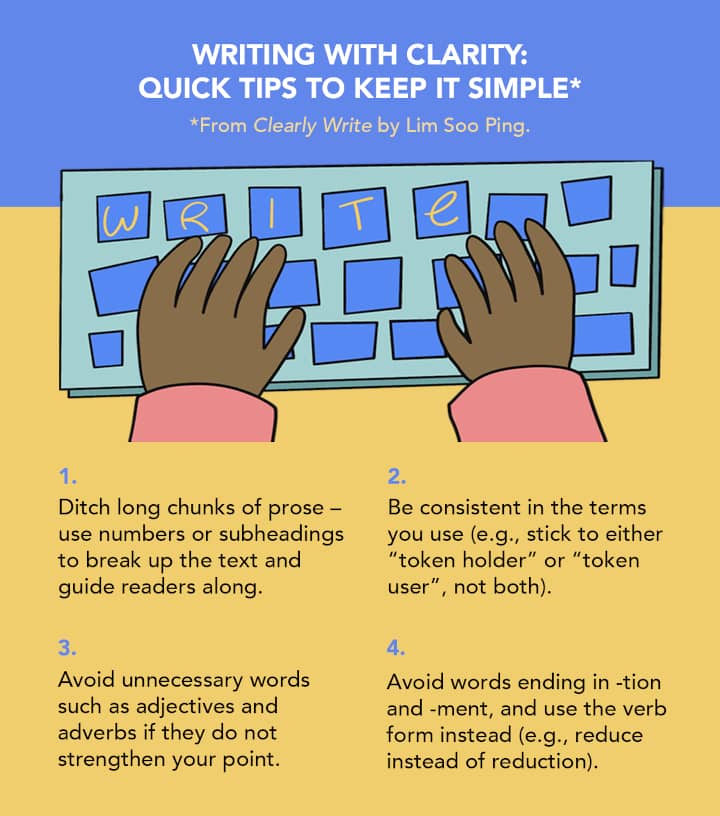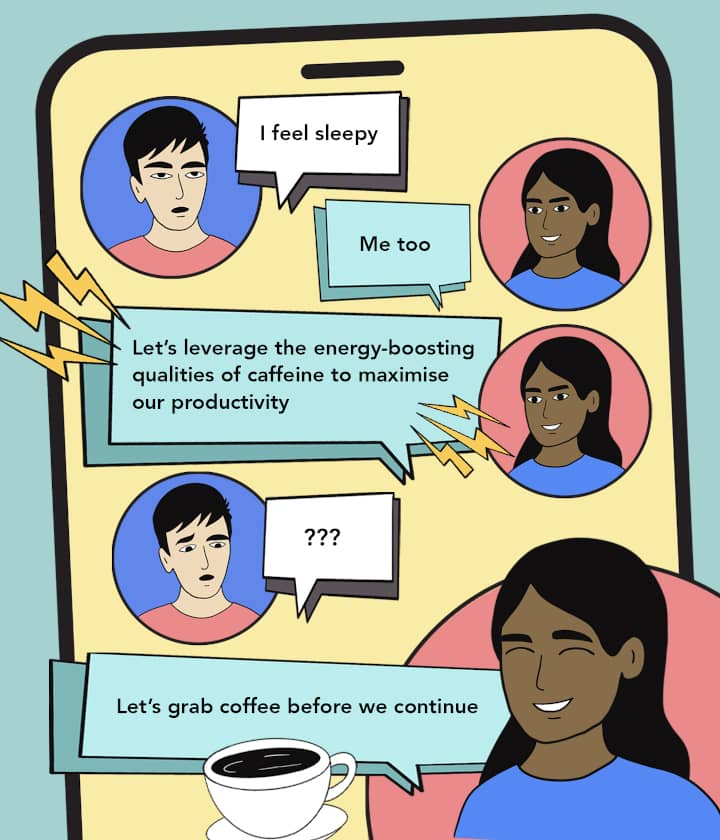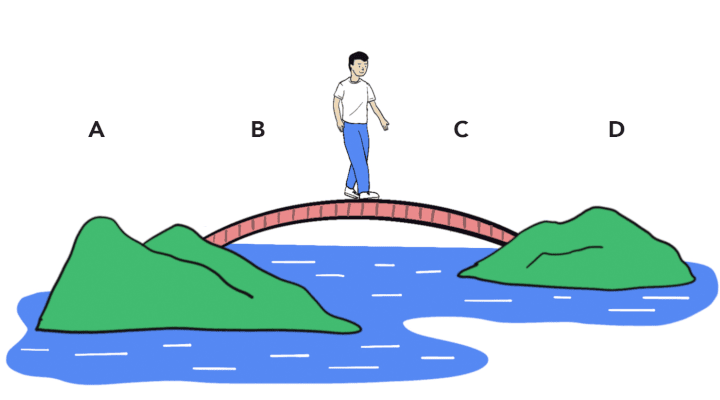Writing Without Gobbledygook

Up until the 1980s, government letters to Singaporeans would start this way: “Please refer to the above-mentioned”. The writer would refer to himself as “the undersigned”. Back then, public officers followed a bureaucratic style of writing –known as “officialese” – that used long and verbose sentences.
This is one of the anecdotes that Lim Soo Ping, a former Auditor-General with 37 years of Public Service experience, shares in his book Clearly Write.
Writing clearly is important for any profession, but especially so in the Public Service, as officers often need to communicate complex information such as policies or schemes. Simplicity and clarity is crucial to ensuring that the information is not misunderstood.
The excessive use of technical jargon, corporate language or complex vocabulary can make our writing difficult to read – turning our words into gobbledygook.
Follow these tips to simplify your writing and make it easier to understand:

Know Your Audience
When writing for a large audience that includes many demographics, such as the general public, follow the principles of clear writing: use simple, straightforward language and shorter sentences.
To write for a specific target audience pay attention to factors that affect their reading ability and interests – their age, occupation and even socioeconomic background. Then, tailor your writing accordingly.
In certain contexts, using jargon or corporate language is unavoidable. If your writing will be read by others in the same industry as you, for example, then using such elements would be appropriate. Otherwise, keep your writing as simple as possible.
Write the Way You Speak
Does “spearheading a novel project” sound more impressive than “leading a new project”? Sometimes, we might use longer words, flowery language or corporate jargon to try to elevate our ideas.
But writing that sounds sophisticated is not always easily understood. Your message will be lost if your audience is thinking more about what your words mean than your ideas.
Keep it simple by writing the way you speak, Lim suggests. Imagine you’re verbally explaining your idea to someone who knows nothing about the subject – you would naturally use simpler words and present your points in a way that is easy to follow.
Use this technique to organise the flow of your ideas. You can then edit your writing to make it more formal or professional.

Substitute What’s Difficult
When explaining a difficult concept to a layman audience, avoid falling into the trap of overusing technical or industry-specific terms.
Use analogies or tangible examples instead. Replace jargon with more commonly used words. Take a leaf out of Christopher Nolan’s book – in his sci-fi movie Interstellar, one character explains how wormholes work using just a pencil and a piece of paper.
Numbers may also confuse readers as they are abstract and difficult to imagine. When using numbers to describe measurements, try to quantify them using familiar objects or concepts (e.g., Olympic pools to describe volume of water, famous landmarks to describe height).
Review With the Reader in Mind
After you’ve written your first draft, review your work and imagine that you’re seeing it for the first time. Are you guiding the reader through your thought process, or forcing them to analyse your writing to figure out what you mean?

Look out for any jumps in logic between points, terms that your target audience may not be able to understand, or information that you are assuming they know. Edit to simplify your writing and keep it comprehensible, but not so much that your ideas are stripped of their meaning.
You can also ensure readability by sharing your work with colleagues who are less familiar with the content.
To write without gobbledygook, it’s useful to remember what the American historian David McCullough once said: “To write well is to think clearly.” In order for people to understand our writing, we must first be clear on what it is we’re trying to say.

To get more stories like this, subscribe to the Challenge newsletter or follow the Challenge Telegram channel.
- POSTED ON
Aug 25, 2023
- TEXT BY
Hidayah Md Sham
- ILLUSTRATION BY
mushroomhead








